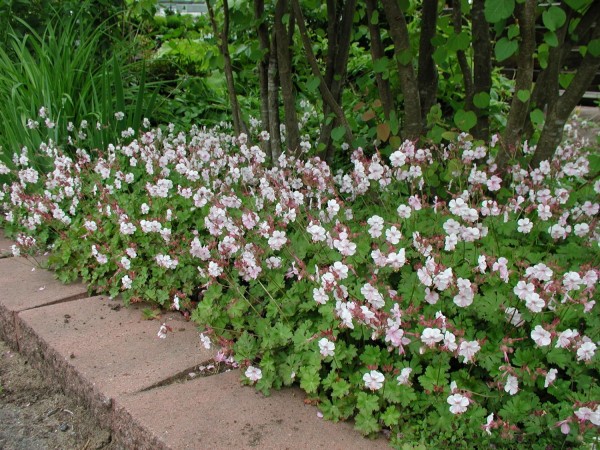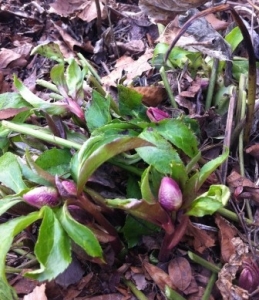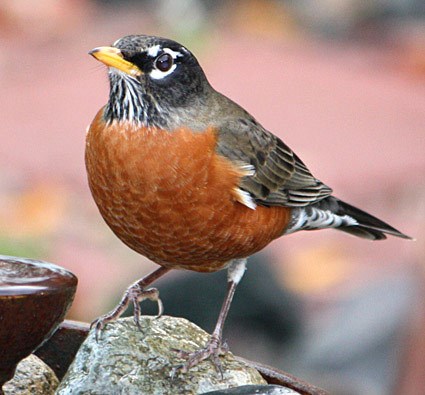
Every year for the last 25 years, the Perennial Plant Association (PPA) gets together and picks one perennial to name as plant of the year. If you are looking for a place to start a perennial garden- you can’t go wrong with most of their selections.
This year’s winner is cranesbill geranium,Geranium x cantabrigiense‘Biokovo’. ‘Biokovo’ is a short, mounding to slightly spreading perennial geranium with light pink flowers for six weeks in the spring-early summer. In the fall, the foliage turns a bright red. It is really quite lovely. ‘Biokovo’ grows well in sun to part shade. A little afternoon protection is not a bad idea. The PPA website recommends pairing it with Japanese painted ferns and red-foliaged penstemons. That sounds like a nice combination.
Several years ago another geranium, ‘Rozanne’ a more spreading type with darker purple flowers was selected. I like that one too. There aren’t a whole lot of perennial geraniums you can go wrong with.
Last year’s winner was my all-time favorite ornamental grass.Panicum virgatum‘Northwind’ is a selection of our native switch grass. Switch grasses are a tall prairie plant with blue foliage and a light airy seed head in the fall. Most tall grasses lodge, or fall over when they get large. ‘Northwind’ was selected because it doesn’t.
Panicums are warm-season grasses meaning they start growing when the soil warms in the late spring, and flower in the fall; think miscanthus or pennisetum. Cool season grasses include Calamagrostis and blue fescue.
If you have a shady garden, the previous two year’s winners are good choices.Polygonatum commutatum‘Variegatum, or variegated Solomon’s seal is a slender arching stemmed perennial with white bell shaped flowers that droop from the leaf axils. It spreads and multiplies relatively quickly to fill under a shady tree or forest edge. I have a nice stand by my kitchen door that withstands my dog laying on it.
2012 featuredBrunnera‘Jack Frost’. Of all the PPA selections, I think this one is the least versatile. Most PPA selected plants will do well in sun or shade, with little care. But brunnera tends to be a little picky. Bugloss needs shade and adequate moisture. It has lovely blue flowers in the spring and interesting variegated rounded heart-shaped leaves but will burn up in too much sun.
For a full list of the last 25 years’ winners, and a full description of each one, see perennialplant.org.
Photo credit: VALLEY VIEW FARMS
 My son was excited to see robins in the yard- though any worms they were finding were probably half frozen. My daughter likes to look for plants emerging. The hellebores in front of the door were just starting to bud when Mother Nature dumped a foot of snow on them. I didn’t help matters by shoveling all the white stuff from the walk on them either. Now all has melted, we’ve cut back the old leaves and there are lots of flowers ready to open.
My son was excited to see robins in the yard- though any worms they were finding were probably half frozen. My daughter likes to look for plants emerging. The hellebores in front of the door were just starting to bud when Mother Nature dumped a foot of snow on them. I didn’t help matters by shoveling all the white stuff from the walk on them either. Now all has melted, we’ve cut back the old leaves and there are lots of flowers ready to open.